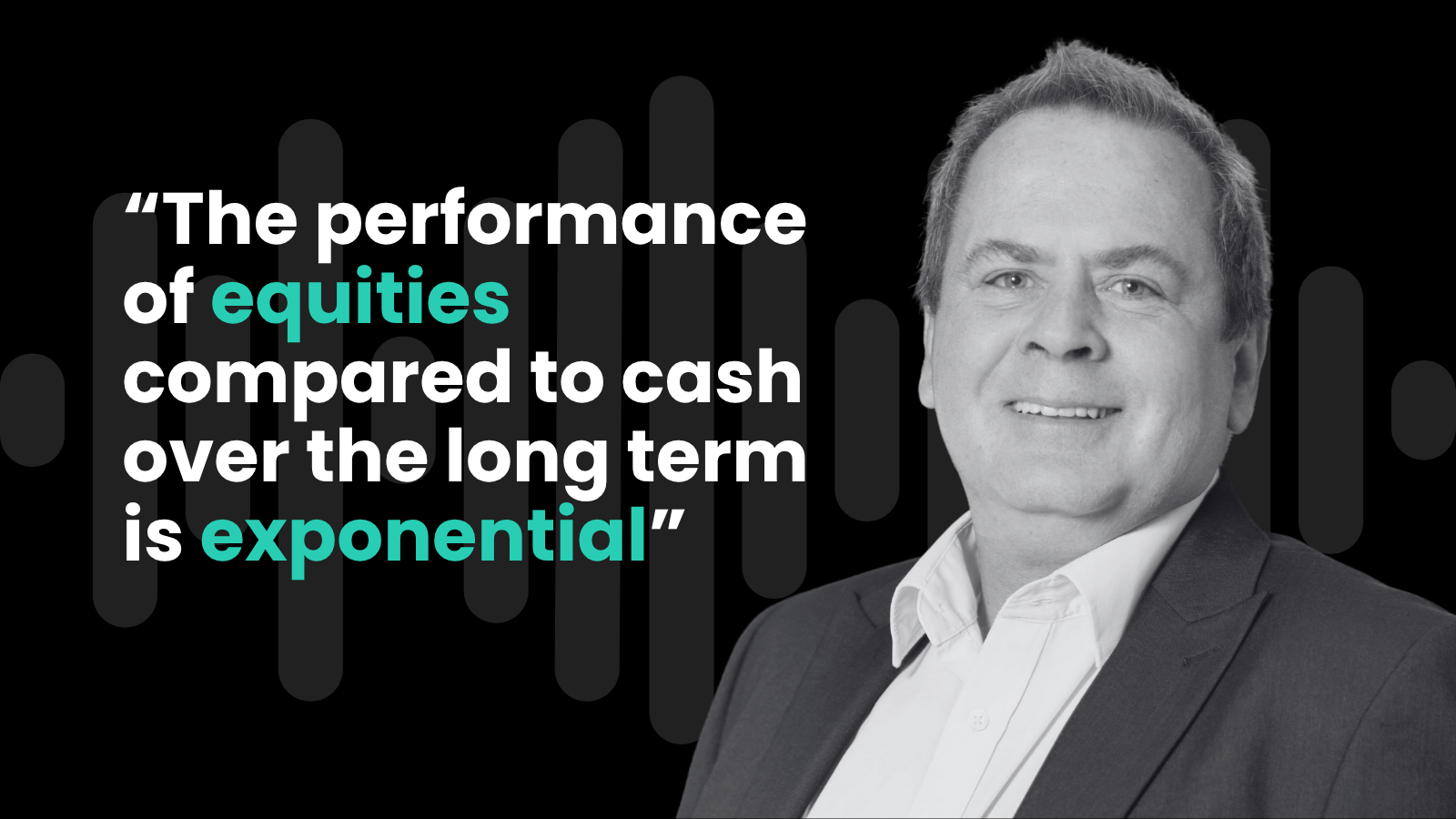Millions of UK basic-rate taxpayers could face an annual tax rise of up to £500 under Treasury proposals to increase the dividend tax rate, according to new analysis from IG, the investment and trading platform.
The findings come ahead of this week’s Autumn Budget, as ministers search for revenue-raising measures amid stagnant growth and mounting fiscal pressures.
The government is widely thought to be considering a four percentage point increase in the basic dividend tax rate, lifting it from 8.75 per cent to 12.75 per cent. IG’s analysis of HMRC data suggests that such a move would immediately add an average £380 a year to the tax bill of the 3.2mn basic-rate taxpayers who receive dividend income.
Projections by the Institute for Fiscal Studies indicate this figure would rise to about £500 per person by the end of the decade as frozen thresholds pull more savers into the tax net.
Dividends taxation is growth burden for investors
Dividend taxation has already become a growing burden for retail investors. A combination of threshold freezes and previous rate rises has swollen the number of individuals now paying tax on share income. HMRC data for 2022–23 show £70.5bn of dividend income was received outside tax-free wrappers such as ISAs, with £30bn of that paid to individuals earning less than £50,000 a year.
- Week Ahead: The Budget of low expectations
- Market holding its breath ahead of Reeves’ Autumn Budget
- Could a cut in Cash ISA allowances boost UK stock market investing?
The number of taxpayers caught by dividend tax has been rising steadily, reflecting both the erosion of allowances and the growing popularity of low-cost share trading platforms.
IG published its analysis as part of its “Hands off our investments” campaign, which calls on the chancellor to avoid policies that it argues would deter long-term saving at a time when the government is seeking to foster a stronger culture of retail investment. The campaign warns that dividend tax increases, often perceived as a politically easy lever, risk falling most heavily on pensioners, small business owners and first-time investors who rely on modest portfolio income.
Michael Healy, UK managing director at IG, said the proposed changes represented “the worst possible moment” to increase taxes on share ownership.
“Dividend tax changes might look like a quick and painless way to raise revenue, but an increase will hurt millions of people and undermine the government’s own ambition to build a nation of investors,” he said. “We are urging the government to keep its hands off our investments. Any raid on dividend tax or other investment incomes sends completely the wrong message to the many savers the government wants to convert to investing.”
An even more far-reaching measure — abolishing the £500 tax-free dividend allowance entirely — is also thought to be under consideration. HMRC estimates that scrapping the allowance would raise an additional £325mn in tax.
For basic-rate taxpayers, the loss of the allowance would result in a further annual bill of £62.50, assuming the new 12.75 per cent rate applies. Combined with the planned rate increase, the total additional annual cost could reach £562.50 by 2029–30.
Does a dividends tax hike make sense?
IG’s calculations assume dividend income remains at current levels. Based on HMRC’s Personal Incomes Statistics, investors earning under £50,000 received £30bn in dividends in 2022–23. A four-point increase in the basic dividend tax rate applied to this income would raise about £1.2bn. Using IFS estimates (showing each one-point rise generates roughly £400mn in revenue) the total climbs to about £1.6bn, equating to around £500 per affected taxpayer.
The analysis underscores the growing tension between the government’s need to bolster the public finances and its ambition to broaden share ownership. Any move to raise dividend tax is likely to test that balance.






















Comments (0)